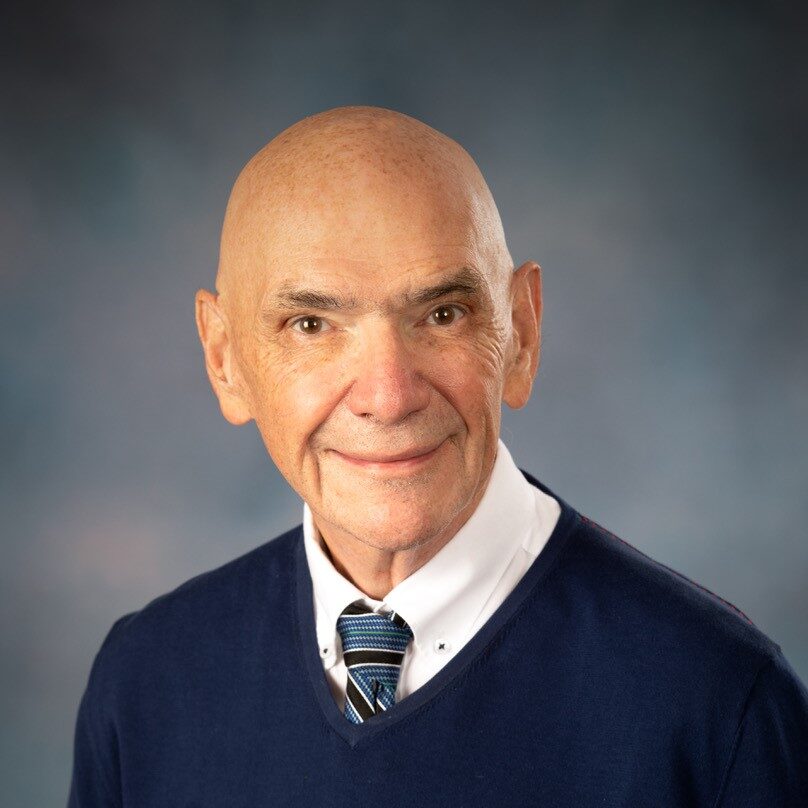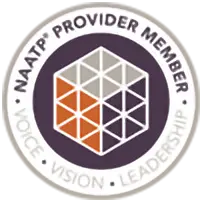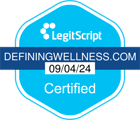If a loved one is one of the of the more than 808,000 people who the Centers for Disease Control reported were addicted to heroin in 2018 and they have decided it is time to quit, it is important to understand the possible heroin withdrawal symptoms they may suffer as their body tries to rid itself of the drugs. Heroin is one of the few drugs that is almost impossible to quit “cold turkey” as the withdrawal can be brutal.
What Happens When You Stop Using Heroin?
Within 8 to 24 hours of the last dose of heroin, withdrawal symptoms begin. Some of the symptoms that may appear during heroin detox may include:
- Anxiety
- Diarrhea
- Hot and cold flushes
- Insomnia
- Muscle cramps
- Nausea and vomiting
- Perspiration
- Watery discharge from eyes and nose
During the initial withdrawal, the addicted person should be monitored regularly for complications.
How Strong Will Withdrawal Symptoms Be?
The severity of symptoms will depend on the level of addiction, how recently the person has used heroin, and how long they have been addicted. Someone who has just recently become addicted may have only mild symptoms and should be able to manage heroin withdrawal symptoms with supportive care alone. Those who may suffer from moderate to severe withdrawal may need to use medical means to manage withdrawal which may be offered at trusted detox centers.
How Long Do Symptoms Last?
How long someone has been addicted, how long they have abused heroin, and whether they are addicted to other drugs will have an impact on how long withdrawal symptoms last. In most cases, muscle aches, stomach problems, difficulty sleeping, and anxiety will begin soon after ceasing the use of heroin. Because the drug leaves the body faster than other opioids, the symptoms may begin sooner in someone addicted to heroin as opposed to someone addicted to another opioid. Around the third or fourth day, more severe symptoms may develop. These may include vomiting, cramping, and diarrhea. Symptoms normally subside after a week, but they may continue to feel fatigued for several days. People who have been addicted for many years may experience symptoms for several months after stopping the drug. They may also struggle with anxiety, insomnia, and depression for many years due to neurological changes in the brain.
How Can Symptoms Be Managed?
Heroin detox can be painful and extremely uncomfortable. In mild cases, treatment may consist of water, usually around two or three liters (around a half-gallon) of water each day. It is also recommended that Vitamin B and C supplements be used as well. However, moderate to severe withdrawal can be more dangerous. The symptoms can be so severe relapse could occur as the person who is going through withdrawal seeks any way possible to alleviate the symptoms.
Why Medical Detox Can be the Best Option
Medical Assisted Treatment (MAT) uses medications in combination with counseling and behavioral therapy to treat heroin addiction. It is important to note that before someone enters MAT, they need to be evaluated thoroughly by a clinical and medical team to be sure it is the right fit for them. Several drug combinations have been approved by the FDA to treat opioid addiction and all of these consist of one of three medications – buprenorphine, methadone and naltrexone. These include:
- Bunavail buccal film – contains buprenorphine and naloxone
- Cassipa sublingual film – contains buprenorophine and naloxone
- Dolophine tablets – contains methadone hydrochloride
- Methadose oral concentrate – contains methadone hydrochloride
- Probuphine implant for subdermal administration – contains probuphine
- Sublocade injection for subcutaneous use – contains buprenorphine extended-release
- Suboxone sublingual film for sublingual or buccal use or sublingual tablet – contains buprenorphine and naloxone
- Subutex sublingual tablet – contains buprenorphine
- Vivitrol intramuscular – contains naltrexone
- Zubsolv sublingual tablets – contains buprenorphine and naloxone
All three have proven to be safe and effective as long as they are combined with counseling and behavioral therapy. The medications normalize brain chemistry and block the euphoric effects of heroin. They also reduce psychological cravings and normalize body functions which can minimize the heroin withdrawal symptoms. It is very important that MAT is used with therapy and medical supervision in order to be successful.
Relapse Rates and Preventing Relapse
According to the National Institute on Drug Abuse, between 40 and 60 percent of drug users relapse after treatment, similar to those who relapse after treatment for hypertension and asthma. Unfortunately, when an addict relapses, many believe the treatment used was a failure when this is simply not the case. Successful treatment for addiction requires continual evaluation, similar to those used for other chronic illnesses.
Rather than view a relapsed addict as a treatment failure, it is critical to recognize that addiction is a chronic illness and adjust or reinstate treatment to achieve continued success. Because heroin detox symptoms are severe, someone who is going through withdrawal may reach for just “a little heroin to get them through the rough patch,” only to return to full-time use rather quickly. Medical intervention is critical during detoxification in order to successfully manage symptoms.
Taking the Next Step in the Recovery Process
If you or a loved one is ready to stop using heroin and are concerned about managing the withdrawal symptoms, you need to seek professional assistance. Defining Wellness offers holistic detox programs that can help you start on the path of clean and sober living. Located in beautiful Brandon, Mississippi, Defining Wellness Is surrounded by nature, with tall pine trees, picturesque cottages, and views of the Barnett Reservoir. A meditation garden provides an area to reflect and reduce stress while the game room offers a place to wind down. Fire pits offer gathering places in the evening as well.
Call us at 855-790-9303 today or fill out the easy online form to learn how Defining Wellness can help you or a loved one break the chains of addiction.
























